* Editor’s note: most of the hyperlinks in this article lead to articles in French. Some sites have translations available.
The 33rd edition of the Olympic Games opened in Paris on the evening of 26 July 2024. Between 7.30 p.m. and 11 p.m. local time, the rest of the world turned its attention to France to discover a colourful and emotional spectacle that has become the biggest event ever organised in France.
For the first time in the history of the Olympic and Paralympic Games, the Opening Ceremony took place on the Seine, instead of in the usual stadium setting. The Seine was transformed into a gigantic and revolutionary stage set, designed to bring the magic of the Games closer to the people, so that as many people as possible could share in the magic of the Games.
The 6-kilometre route crossed the French capital from east to west, from the Austerlitz bridge to the Trocadero, passing some of the most emblematic places in the nation’s history. From Notre-Dame de Paris to the Louvre, from the Pont Neuf to the Pont des Arts and past the Eiffel Tower, 10,500 athletes from 206 foreign delegations paraded on more than 150 boats in a long procession along the river, which became the iconic backdrop for a universal show on a historic evening that ‘will still be remembered 100 years from now’, declared French President Emmanuel Macron.
Alongside the sports parade, a show lasting over three hours and featuring a number of major French and international stars including Lady Gaga, Aya Nakamura and Céline Dion, three thousand dancers and performers from all walks of life created twelve tableaux scattered along the river route on the following themes: Enchanted, Synchronicity, Freedom, Equality, Fraternity, Sorority, Sportsmanship, Festivity, Darkness, Sollenity, Solidarity, Eternity.
‘I wanted to tell the story of a France that is mixed, inclusive and without fear of controversy’, explained Thomas Jolly, the evening’s artistic director and a man of the theatre who has worked tirelessly for several years to produce the greatest show of his life. ‘Grandiose, magical, creative, avant-garde, audacious, queer, multicultural, popular and very French’ were the reactions of some of the hundreds of millions of television viewers around the world, despite the time difference, and others of the 300,000 spectators on hand who didn’t want to miss this unique opportunity, despite the pouring rain that accompanied the entire evening.
From Friday 26 July to Sunday 11 August, Paris and France will host the 33rd Summer Olympic Games, followed by the 17th Summer Paralympic Games from Wednesday 28 August to Sunday 8 September. A total of 32 sports will be competing over 19 days on an exceptional playing field made up of various venues in the French capital. And for the first time at the Olympic Games, there should be complete parity between men and women, with 5,250 women and 5,250 men taking part.
So, while 2024 will be a year of sport, it will also be a year of culture. After all, PARIS 2024 has chosen to make culture a central part of its project. ‘All the arts will be united with sport, because artists have a lot to say about sport, the complexity of the body and the meaning of effort. This is the only world event that is both cultural and sporting’, says Dominique Hervieu, President of the Cultural Olympiad, which is a form of artistic variation on the Olympic Games.
Involving a wide range of cities and institutions, culture in the broadest sense of the term will engage in a dialogue with sport, moving back and forth between antiquity and the modern era. Nearly 2,500 cultural projects in 700 French towns and cities will be vying for the attention of the 16 million visitors expected this summer, promising a ‘dialogue between the two disciplines, sport and culture, which may seem far apart’.
Here is a selection of my choice.
Arts & Culture:
- The astonishing 2024 Olympics poster created by illustrator Ugo Gattoni, known for his fantastic frescoes teeming with detail, who signs a delirious view of Paris in the manner of Hieronymus Bosch but with the allure of the mythical children’s book series ‘Where’s Charlie?’
- It was in 1894 that Baron Pierre de Coubertin revived the Olympic Games during a lecture given at the Comédie-Française. At the very first edition in 1896, he also created the Cultural Olympiad, requiring the host city to organise a cultural programme with artistic events in sculpture, painting, music, architecture and poetry, all of which were fully-fledged disciplines of the Olympic Games, with medal ceremonies held in parallel with the sporting games. The main aim is to bring together sport, education and culture, which have many values in common: a taste for performance and excellence, dialogue between cultures, but also sharing and putting people at the centre of everything, by involving all bodies, young and old, able-bodied and disabled, sportsmen and sportswomen, to share common values and write the Games together. For this 2024 edition, all those involved in France’s rich artistic life – musicians, dancers, actors, photographers, visual artists – will make the most of this joyous time of the Olympic Games to co-construct and co-write the celebration that will be the Cultural Olympiad.
- The French photographer and performer Mathieu Forget celebrates art and sport through his works levitating the greatest athletes in the most famous museums in Paris.
Cinema:
- The Olympic Games are an eternal source of inspiration for film-makers, with a list of ten films featuring this global sporting event ‘because cinema and sport have historically had things to say to each other, being the two main popular forces of fervour that get millions of people hooked,’ explains Dominique Hervieu.
Exhibitions:
in Paris:
- ‘Fashion and Sport, from one catwalk to the other’, at the Musée des Arts Décoratifs, from 20 September 2023 to 7 April 2024, which explores the fascinating links between fashion and sport, from Antiquity to the present day. This large-scale project reveals how two seemingly distant worlds share the same social issues, revolving around the body.
- Olympism’, at the Musée du Louvre, from 24 April to 16 September, invites visitors to discover the creation of the first Olympic Games and its iconographic sources at the end of the 19th century, to grasp the political context and understand how its organisers wanted to reinvent the competitions of ancient Greece.
- Olympism, a history of the world’, at the Palais de la Porte Dorée, from 26 April to 8 September, on the 33 Olympiads and over a century of social and political history to discover the Olympic saga through the crises, struggles, exploits and major battles that have shaped our contemporary world.
- La Mode en mouvement #2’, at the Palais Galliera, from 26 April 2024 to 5 January 2025, unveiling more than 250 new works from the museum’s collections in this second exhibition, which traces the history of fashion from the 18th century to the present day and develops the cross-disciplinary theme of the body in motion. The seaside section focuses on sea bathing and swimming, symbols of the democratisation of sporting activities from the end of the 19th century. This is an opportunity to discover the extensive collection of bathing suits, swimwear, beachwear and accessories held at the Palais Galliera. This section highlights the changing relationship between the body and its unveiling in the public sphere, as well as the notion of modesty and decency. It also reveals the transformation of the canons of beauty, notably through the question of tanning.
- MATCH. Design & sport – a history looking to the future’, at the Musée du Luxembourg, from 13 March to 11 August 2024, where sport and design have always been in dialogue and mutually nourishing, and traces the role of design in the progress of sport, the links that have emerged between these two fields and the prospects for future developments. The exhibition will also explore how the world of sport continues to inspire leading designers, and vice versa, in sectors such as cars and ready-to-wear. It’s also an opportunity to mention Stéphane Ashpool, the artistic director of the French Olympic and Paralympic Team’s outfits.
In Marseille:
- « Endeavours and Masterpieces”, an exhibition in three leading cultural institutions in the Southern Region and the City of Marseille, from 26 April to 22 December, looking at the relationship between art and sport through more than 350 works by nearly 100 French and foreign artists, combining fascination, criticism and humour.
In St Etienne:
- « D’Olympie à Saint-Etienne, sports en jeu », at the Musée d’art et d’industrie de St Etienne, from 23 March to 24 November, presents a unique journey through the history and heritage of sport, rooted in the Olympic Games of Antiquity and then in Pierre de Coubertin’s revamped Games in Athens in 1896. The Games were instrumental in the development and democratisation of modern athletic sports in the 20th century, particularly in Great Britain.
In Nice:
- « Les Elles des Jeux », at the Musée National du Sport, from 8 November 2023 to 22 September 2024, which allows visitors to measure the spectacular progress made in over 130 years, from the virtual exclusion of women to the fight for parity. For a long time, the destinies of women and the Olympic Games have been contradictory, even hostile. De facto excluded from the Olympic movement when it was reborn in the late 19th century, it took decades for sportswomen to gradually take their rightful place in sport in general and the Olympic movement in particular. It’s been a long road fraught with prejudice and prohibition, but one fortunately strewn with memorable firsts.
Abroad:
Lausanne:
- « Paris Olympique™, an immersive journey », at the Olympic Museum, from 25 May 2024 to 19 January 2025, immersing us in the fascinating history of the City of Light and the three Parisian editions of the Olympic Games through a 360° experience retracing the present and past of the French capital. In a thrilling sound environment, discover the Olympic venues, the different cultural and sporting movements, the athletes and the evolution of the Olympic Games, an initially little-known project that ended up becoming the world’s biggest sporting event.
So let’s make no mistake: in 1900, in 1924 and in 2024, the gamble paid off!
Text by Christine Cibert.


